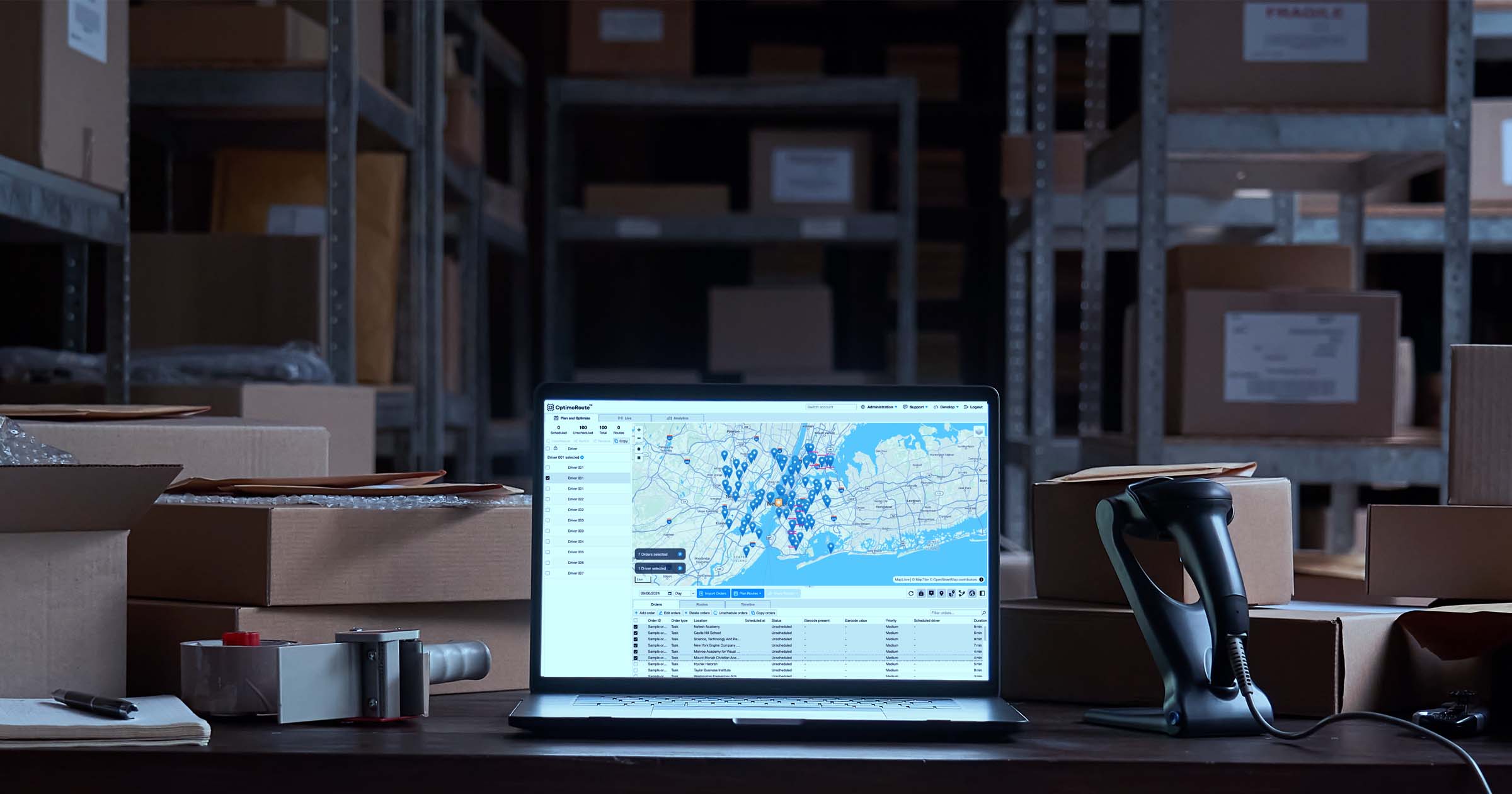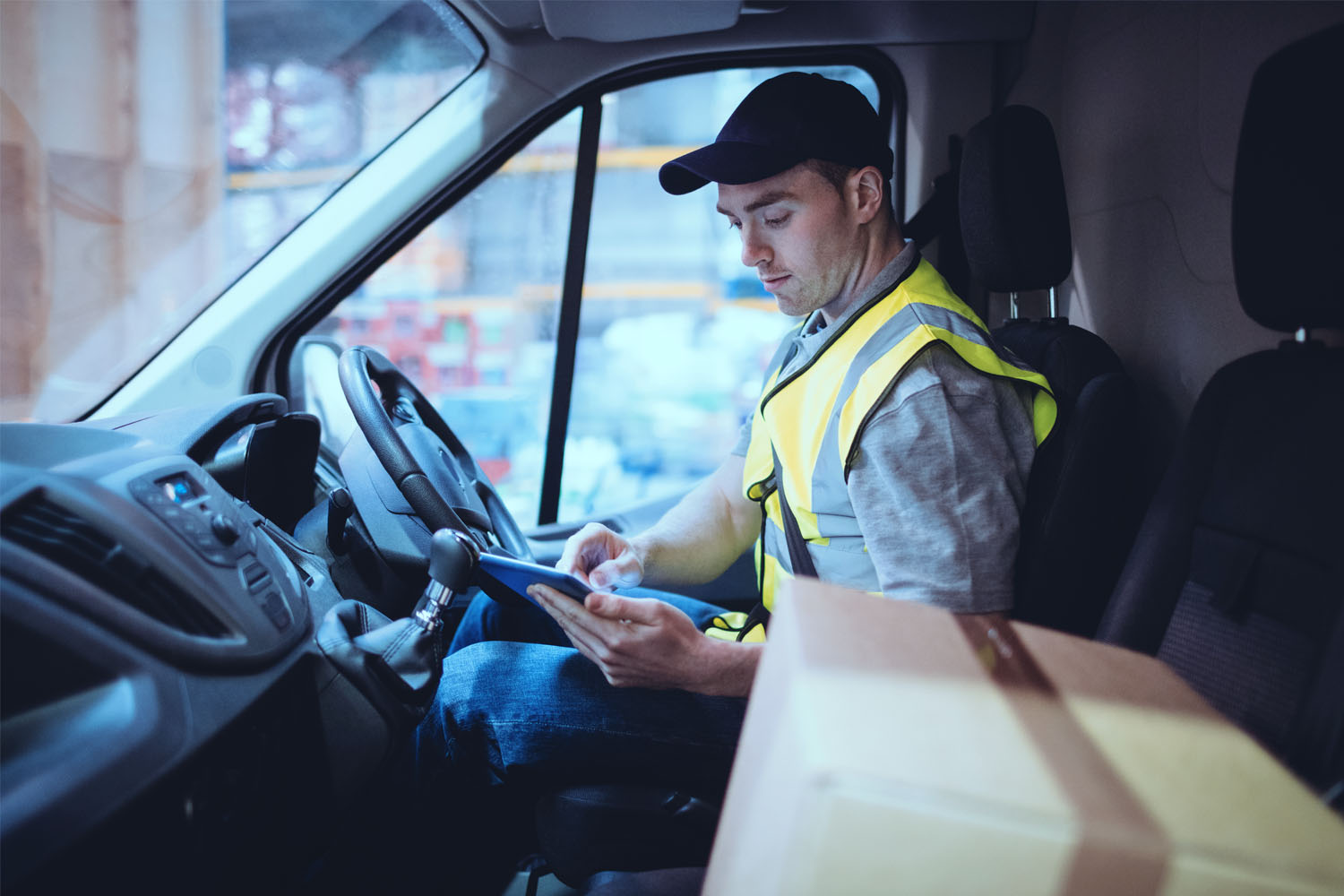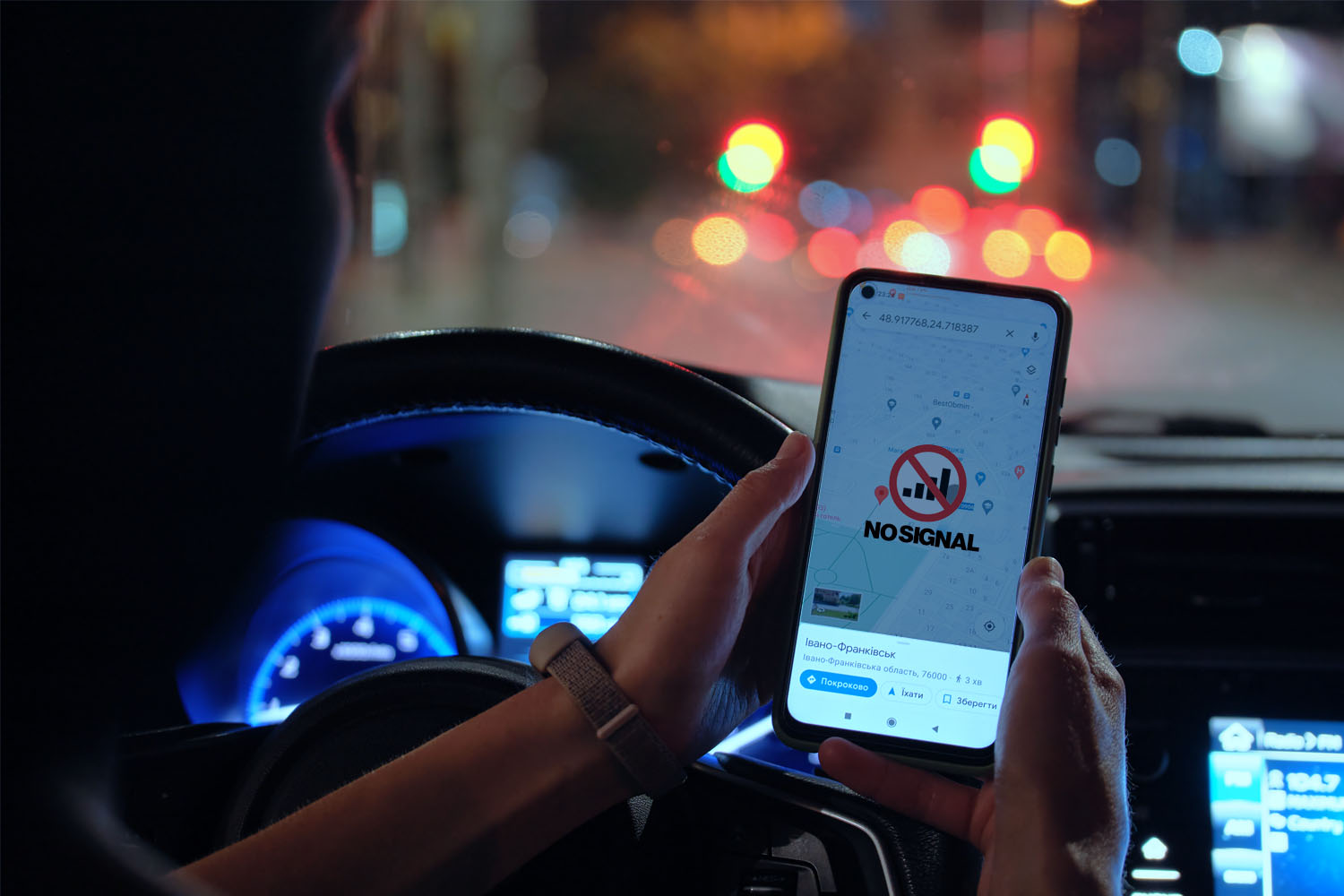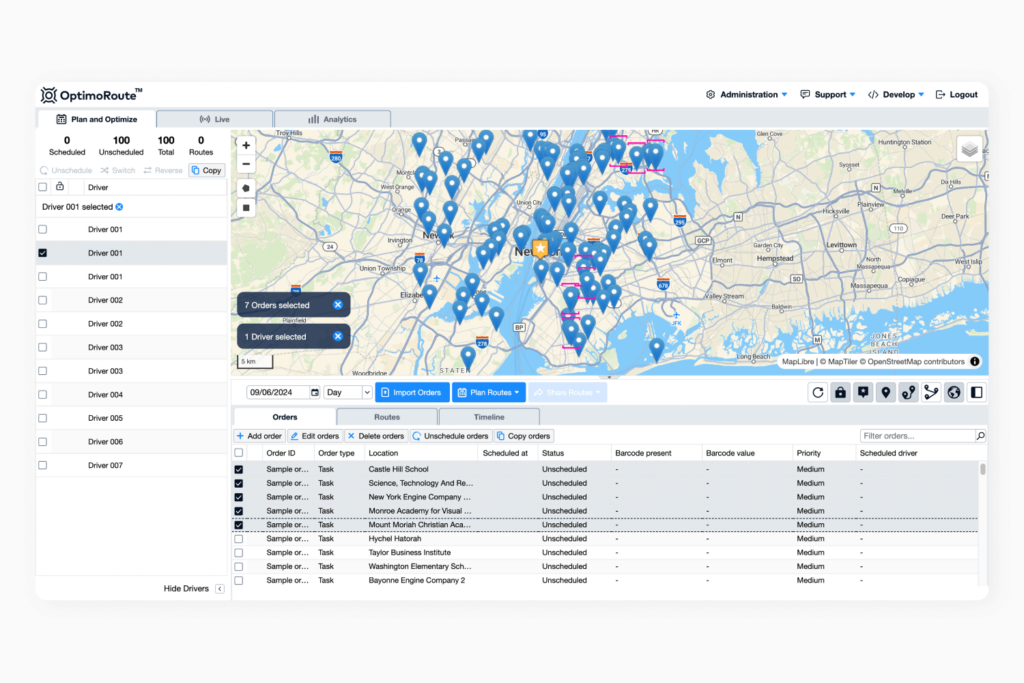What Is an Online Route Planner and Which One Is Best?
8 min read

Getting from here to there has evolved from looking to the stars for navigation to pulling out a paper map, and finally, to using an online route planner. The difference is that an online route planner doesn’t just get you to your destination–it can help you plan many stops over multiple days, find the shortest and most fuel-efficient route, and even give you the ability to manage several routes and a fleet of drivers and vehicles.
Unlike paper maps, online route planners are updated frequently. They are typically cloud-based, making it easier for users to access them from anywhere and get the most up-to-date directions.
Whether you’re planning a road trip or a delivery route, you should know the difference between offline and online route planners. More importantly, you should know how to organize your driving route effectively.
We’ll cover all of that and more here, but feel free to skip to a section that’s most relevant to you by clicking a header below:
How Do I Organize My Driving Route?
There are many factors to consider when planning a driving route, and the type of job or delivery you’re completing will likely impact how you organize your route.
For example, if you’re planning a regular landscaping route with static stops, you’ll likely want to incorporate factors like the specific days and times that your customers want their grass cut. Once you have a list of jobs and the days they need to be completed, you can start grouping them based on the preferred day and their proximity to each other. The type of equipment required might also impact how you organize your route, as you might want to plan jobs that require a certain vehicle or tool on the same day.
On the other hand, if you’re a delivery driver getting food orders to a dynamic list of customers daily, you’ll need to consider other factors as you organize your route. Making sure each order is delivered in the required time window is the most important factor, but laying out your orders in a sequence that makes sense for distance and fuel efficiency is also important.

If you’re a dispatcher managing multiple drivers, you’ll ideally want to use specialized software to monitor each driver’s progress in real time. You’ll also want the ability to make changes in the moment to deal with any challenges that arise or last-minute orders.
All of the scenarios we’ve talked about so far will vary significantly from a truck driver who needs to make stops in multiple cities for a long-distance haul. That driver will need to organize their route based on the efficiency of distance traveled and the fuel used, but also consider rest and refuel stops, unloading time, etc. You should know that not every software allows for multi-day route planning, so make sure the software you choose does if you require this feature.
How you organize your route will differ based on your particular use case, but the common goal is to make the maximum number of stops in the least amount of time while using as few resources as possible. Effective route organization using an online route planner like OptimoRoute can help you make more stops and cut expenses so that you can better serve your customers and increase your business’s profitability at the same time.
Offline route planning
Offline route planning could mean using a paper map to plan your route or using a driving route planner app without an internet connection. In a day and age when most people have smartphones, the more common use case is an offline app.
Planning and following a route while offline is important because there are times when a delivery driver or field service technician might be working in poor weather conditions with a bad signal, in a small town with spotty cell service, or working in an underground facility with little to no connection.
In situations where an internet connection is not an option, business operators want to ensure their employees can still complete their routes effectively. That’s why the need to plan and follow routes offline is worth keeping in mind.
Which is the best offline map app?
Many route planning tools have offline mapping abilities built in. For example, you can save an offline map using Google Maps to navigate without an internet connection.
To use Google Maps offline, tap on your account icon in the app, click Offline maps, and select your own map by adjusting the area you want to download. Then, you’ll be able to access this map offline and use it for navigation.
There are also apps like Garmin StreetPilot, Navigon, or TomTom that are purposefully built for offline mapping and are regularly updated. This way, you have the most current maps at your disposal as long as you connect to the internet and update every week or two. With an offline map, you can get precise GPS navigation without an internet connection–which also means you can save data if you’re doing a lot of driving and using your navigation app constantly.
Why do paper maps still matter?
The fact is that paper maps have clearly decreased in popularity, but many people still use them in areas where GPS signals are spotty. They can also be helpful in areas with very few or no physical addresses because this can limit the effectiveness of some mapping apps.
As previously mentioned, poor weather conditions can lead to a bad cell signal, making it difficult to use online software. Or maybe the field technician is working in a small town or underground facility with limited service.

What is the best online route planner?
The best route planner will likely vary from one individual to another, depending on their specific use case. If you’re a recreational user planning a simple road trip or navigating around town, your needs will significantly differ from a business planning long routes with multiple stops and possibly over multiple days.
What is the best online map for directions?
For simple directions, the most popular online maps will probably do the trick. Whether you need a driving route planner in Europe, North America, or elsewhere, Google Maps and MapQuest have been around for a while and have comprehensive maps and user-friendly interfaces.
It’s important to note that free tools like Google Maps and MapQuest are more appropriately considered “mapping software” as opposed to “route planning software” because of the features they lack that many businesses need, e.g., the ability to plan for more than one driver.
You can get free driving directions from these online mapping tools, but they don’t offer the more advanced route planning capabilities we discussed here. That’s why businesses might use some of these free tools to start out or when their operations are small, but they will quickly switch to a purpose-built online route planner like OptimoRoute to unlock greater efficiencies.
Is there an app to plan a route with multiple stops?
There are popular mapping apps like Apple Maps, Google Maps, and MapQuest that let you plan routes with multiple stops, but there are some significant caveats. The stop limits that most mainstream apps enforce can be pretty restrictive.
Google Maps limits users to ten stops, Apple Maps has a fifteen-stop limit, and MapQuest offers up to 26 stops. For small and large businesses alike, these stop limits can make multi stop route planning more difficult or even impossible. These apps also offer limited or no route optimization options when you have routes with multiple destinations.
So, is there an app to plot a driving route with multiple stops? Yes, but if you’re a professional looking for a driving route planner with a multiple stops solution, you’ll see that specialized software can offer you up to 1,000 stops or more. This kind of flexibility, paired with the multitude of route planning features you get from a dedicated solution, makes a night and day difference.
The must-have features to look for in a delivery route planner
If you think back to the examples of the landscaping route, food delivery route, and trucking route we covered earlier, each use case requires particular features and abilities in the route planning process. Here’s a list of some of the most useful features to look for when you’re considering an online route planner:
- Organization: A well-organized route is a route that better serves your customers and is more efficient for your business. The online route planner you use should be able to organize routes by time windows, priority, job duration, equipment requirements, etc.
- Labor management: If you manage multiple drivers, you know how important it is to be aware of each driver’s availability and coordinate schedules so each route can be completed. Your route planning software should also allow you to keep track of driver hours and coordinate multiple team members for a single job when needed.
- Automation: The ability to quickly import thousands of orders at once and have the most efficient routes created automatically for your drivers is a huge time saver. It also helps you complete more orders and reduce costs simultaneously.
- Live monitoring: Whether you’re a delivery or field service business, it’s highly valuable to know where each one of your drivers is at any given time. Not only does it give you more insights as you plan routes, but it also lets you keep the customer in the loop with ETAs.
- Mobile apps for drivers: Having a mobile app for your drivers can eliminate unnecessary back-and-forth communication and keep everything on one platform. Drivers can see their routes and even take relevant notes.
- Real time route changes: Another benefit of live tracking is the ability to take that data and modify your routes in real time. Maybe one of your trucks breaks down, and you need to juggle orders between other drivers to make up for it, or maybe you have a last-minute order that you need to integrate into an active route. Real time route modification can be a lifesaver.
- Customer feedback options: One way to ensure your business improves is to get customer feedback. With route planning software, you can automatically request feedback following job completion.
- Proof of delivery: Thoughtfully designed driver apps also incorporate proof of delivery options like taking a picture of a package or completed job or the ability to capture a customer’s signature.
- Advanced planning: Most business owners like to plan ahead, and some software will let you plan your routes up to 5 weeks in advance.
- API integration: You’re probably already using other software, and the route planner you choose should ideally integrate with these other tools seamlessly.
There are a lot of route planners to choose from, but only some deliver all of these features as OptimoRoute does.

Another factor to consider as you select a route planner is your budget since software solutions can vary significantly in terms of price. You can pay very little for software that delivers a meager set of features and fails to fully get the job done, or you can pay an arm and a leg for software that offers an abundance of features, some of which you may never use. The key is finding the software that sits in the sweet spot of your budget while delivering the essential features you need daily.
Fortunately, most providers offer free trials of anywhere from 7 to 30 days, so you can use the software and see what benefits you can attain from it before making a more significant commitment.
Considering your individual use case and the features you need most will help you choose the best driving route planner for your business.
Do you want to know what you need to consider when planning a route? Check out route planning essentials on our blog to discover the blueprint for a successful route.
Try OptimoRoute™ for Free
No installation or credit card required


